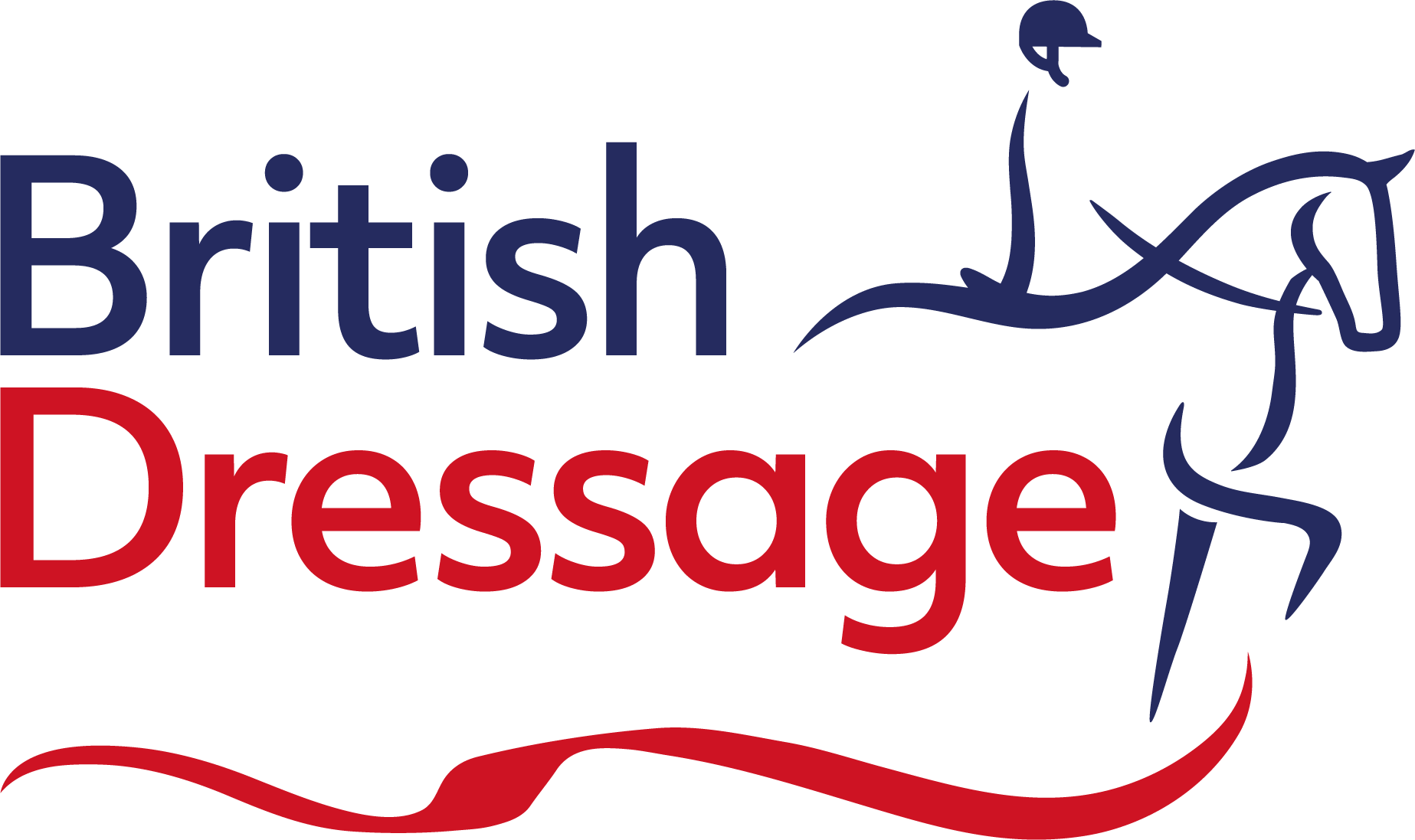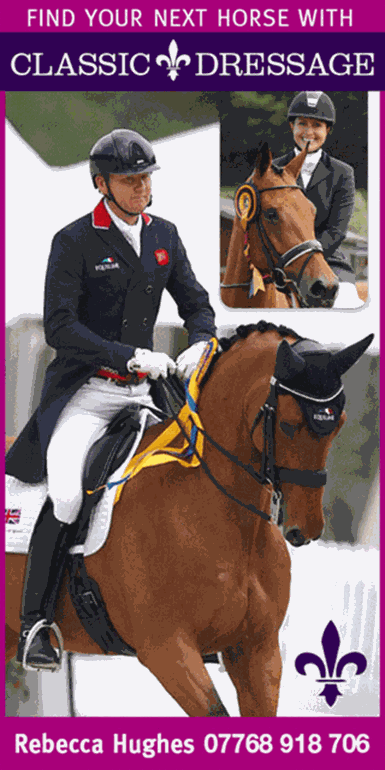Half pass and canter zig zag
Half pass - trot
Sideways movement where the legs cross over
Half-pass is a variation of travers, executed on a diagonal line instead of along the wall. It can be performed in collected trot (and in passage in a freestyle) or collected canter. The horse should be slightly bent around the inside leg of the athlete and in the direction in which it is moving. The horse should maintain the same cadence and balance throughout the whole movement. In order to give more freedom and mobility to the shoulders, it is of great importance that the impulsion be maintained, especially the engagement of the inside hind leg. The horse’s body is nearly parallel to the long side of the arena with the forehand slightly in advance of the hindquarters. In the trot, the outside legs pass and cross in front of the inside legs. In the canter, the movement is performed in a series of forward/sideways strides. Aims of half-pass in trot: to show a fluent collected trot movement on a diagonal line with a greater degree of bend than in shoulder-in. Plus, fore and hind legs cross, balance and cadence are maintained.
Half pass - canter
Sideways 'dancing' across the arena
The horse should be slightly bent around the inside leg of the athlete and in the direction in which it is moving. The horse should maintain the same cadence and balance throughout the whole movement. In order to give more freedom and mobility to the shoulders, it is of great importance that the impulsion be maintained, especially the engagement of the inside hind leg. The horse’s body is nearly parallel to the long side of the arena with the forehand slightly in advance of the hindquarters.
Canter zig zag
Half pass and flying changes combined



